Farm Ranch
How livestock farming affect the environment
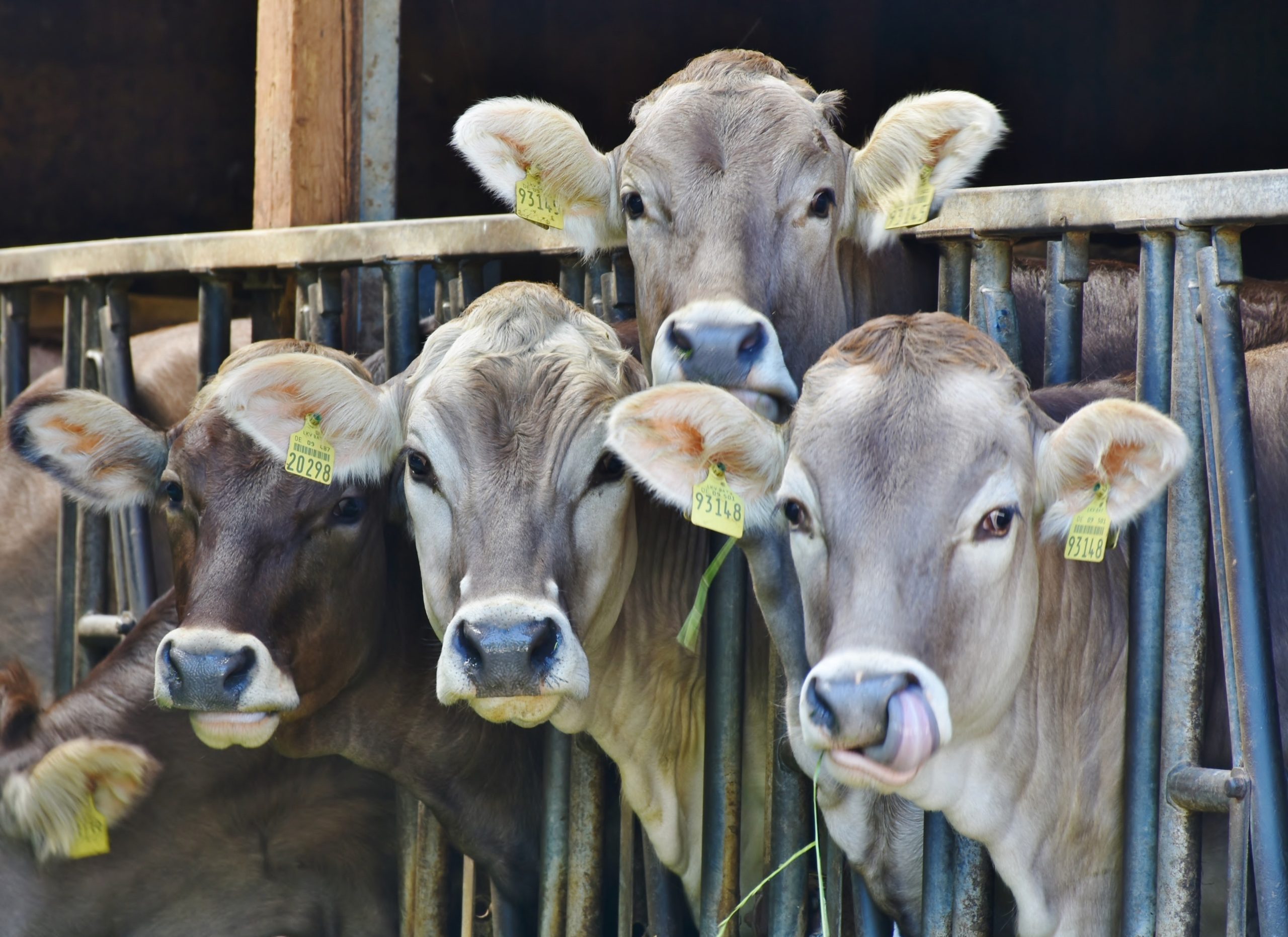
Livestock breeding has a significant impact on the environment and can cause serious damage. From air and water pollution to deforestation, the effects of livestock farming on the environment can be far-reaching and devastating. In this blog post, we will explore the detrimental effects of livestock breeding on the environment and how we can mitigate them.
Land Degradation
The effects of livestock farming on the environment are far-reaching and profound. One of the most significant impacts is land degradation, caused by the practices of cattle farming and cattle ranching. Grazing by cattle and other livestock can quickly strip the land of its vegetative cover, leading to soil erosion, reduced water infiltration, and decreased nutrient availability.
Simmental cattle, a breed commonly raised for beef production, are known to be particularly hard on grazing lands due to their size and appetite. These animals require large amounts of pasture and can quickly deplete resources in a given area. Overgrazing and the trampling of vegetation by cattle can also lead to soil compaction, making it difficult for water to penetrate the ground and lead to runoff and erosion.
In addition to the physical damage caused by grazing and trampling, cattle farming can also lead to changes in soil chemistry and composition. As manure accumulates on pastures, nutrients like nitrogen and phosphorus can become concentrated in certain areas, leading to imbalances that can harm soil health. This, in turn, can negatively impact plant growth and productivity, further exacerbating the effects of land degradation.
Overall, the impacts of cattle farming on the environment are complex and wide-ranging, with land degradation being just one of many concerns. More sustainable and responsible practices are needed to mitigate the effects of livestock breeding and to preserve our planet’s delicate ecosystems for generations to come.
Air Pollution
Cattle ranching, one of the most common practices in livestock farming, contributes significantly to air pollution. The primary source of air pollution in cattle ranching is the animal’s manure. Cattle produce large amounts of waste, and if not managed properly, it can lead to the release of gases such as ammonia, hydrogen sulfide, and methane. These gases are known to be harmful to human health and the environment.
Additionally, cattle ranching often involves the use of heavy machinery, such as tractors and trucks, which emit pollutants such as nitrogen oxide and carbon monoxide. The transportation of Simmental cattle, a popular breed of cattle, also adds to the emission of greenhouse gases, which contribute to climate change.
In some cases, cattle ranching may lead to wildfires, which can cause significant air pollution. The clearing of land for grazing can also lead to deforestation, which not only impacts the air quality but also reduces the amount of carbon absorbed by trees.
The effects of air pollution caused by cattle ranching can have serious consequences for the environment. The release of greenhouse gases can lead to climate change, which affects the planet’s ecosystems and biodiversity. Air pollution also has significant health impacts on humans, such as respiratory illnesses and heart disease.
Water Pollution
Livestock farming is one of the leading causes of water pollution around the world. When animals defecate or urinate, the waste seeps into nearby water sources like rivers, lakes, and underground aquifers. These sources are then contaminated with a host of pathogens like E. coli, salmonella, and giardia that pose a risk to human health.
The harmful chemicals used to treat animals also end up in water bodies through runoff. These chemicals can cause algal blooms that result in oxygen depletion, leading to aquatic life’s death and drinking water contamination.
Moreover, livestock farming is a thirsty process. In many regions, farmers draw from rivers and lakes for the animals’ drinking water and irrigating pastures. Over-extraction of water from these sources can cause severe water scarcity and exacerbate drought conditions. Additionally, high concentrations of nitrates and phosphorus in animal waste can cause eutrophication in bodies of water, resulting in the growth of toxic algae that threaten public health and wildlife.
The environmental impact of livestock farming is not limited to land degradation and air pollution. It has severe repercussions on water quality and supply, leading to widespread contamination and water scarcity. The sheer volume of animals produced by industrial livestock farming has led to the implementation of unsustainable practices, resulting in massive amounts of waste and harmful chemicals. To mitigate these environmental impacts, there is a need for alternative and sustainable farming practices, reduced consumption of meat products, and strict environmental regulations.

Soil Contamination
Livestock breeding has been known to cause soil contamination through several channels. The most significant one is the excessive use of manure in fields. While manure can be a useful source of nutrients for crops, excessive amounts of it can lead to soil contamination.
Manure contains high levels of nitrogen, phosphorus, and other nutrients that, when applied to the soil in large quantities, can leach into groundwater or runoff into nearby water bodies, causing eutrophication and other forms of water pollution. It also contributes to the buildup of toxic elements such as heavy metals and pathogens that can make soil toxic.
Furthermore, the use of antibiotics in livestock farming has led to the accumulation of antibiotic-resistant bacteria in the soil. These bacteria can then transfer to crops, which can end up in the human food chain and contribute to the rise of antibiotic resistance.
Livestock also contributes to soil compaction, which can lead to poor soil structure and decreased soil health. Heavy grazing can compact the soil, reducing infiltration and increasing runoff. As a result, the soil loses its ability to absorb and store water, making it less productive for crops.
Soil contamination has several adverse effects on the environment, including decreased crop yields, poor soil health, and water pollution. It can also contribute to the loss of biodiversity and can have severe impacts on human health.
To reduce soil contamination, farmers can use sustainable livestock farming practices such as proper manure management, reduced antibiotic use, and rotation grazing, among others. These practices help to minimize soil compaction, improve soil health, and reduce water pollution.
Loss of Biodiversity
Livestock farming can also have devastating effects on biodiversity. The amount of land required for grazing and growing animal feed can lead to the destruction of natural habitats and the displacement of native species. As more land is cleared for agriculture, habitats for wildlife and plant species are lost. In addition, overgrazing can cause soil erosion and degradation, which further damages the local ecosystem.
Furthermore, livestock farming practices often rely heavily on the use of pesticides, herbicides, and fertilizers, which can have harmful effects on biodiversity. These chemicals can kill or harm beneficial insects, pollinators, and other species that play vital roles in maintaining the health of ecosystems.
In some cases, livestock farming can also contribute to the spread of invasive species. For example, non-native species of grasses may be introduced to support livestock grazing, but can quickly take over and outcompete native plants, further disrupting the local ecosystem.
Overall, the loss of biodiversity caused by livestock farming can have long-term consequences for both the environment and humans. As ecosystems become more and more degraded, it becomes increasingly difficult to restore them to their former state, making it crucial to address the harmful impacts of livestock farming before it is too late.
Read Also :
A New Farmer’s Guide to Choosing the Right Livestock
How to become a cattle rancher
0 Comments
Leave a Reply
Cancel reply
Farm Ranch
What to Look for During a Quick Rabbit Inspection Before Selecting
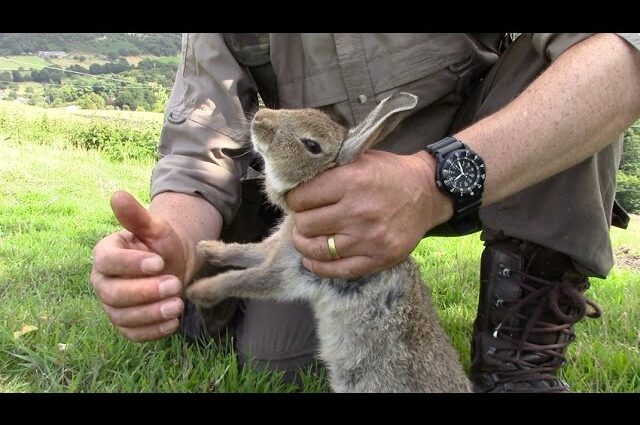
If you’re thinking of adding a rabbit to your family, it’s important to do a quick inspection of the rabbit before selecting them. During this quick inspection, there are several key elements you should look for to ensure that you’re selecting a healthy and happy bunny. These elements include body condition, coat quality, eyes, ears, teeth, and behavior. By taking the time to properly inspect a rabbit before selecting it, you can rest assured that you are making the best decision for both you and your new furry friend.
Farm Ranch
Know Your Rabbit’s Mood and Behavior

Do you have a pet rabbit? Are you curious about its moods and behaviors? If so, you’re not alone! Knowing your rabbit’s mood can help you to provide better care and understand their needs better. To help you get started, this blog post will provide you with the tools and tips you need to become bunny-savvy and learn how to identify when your rabbit is feeling fear, anger, or happiness. So let’s get started and learn more about how to know your rabbit’s mood!
Farm Ranch
The Hoppy Food Pyramid: Essential Nutrients for Your Rabbit’s Diet
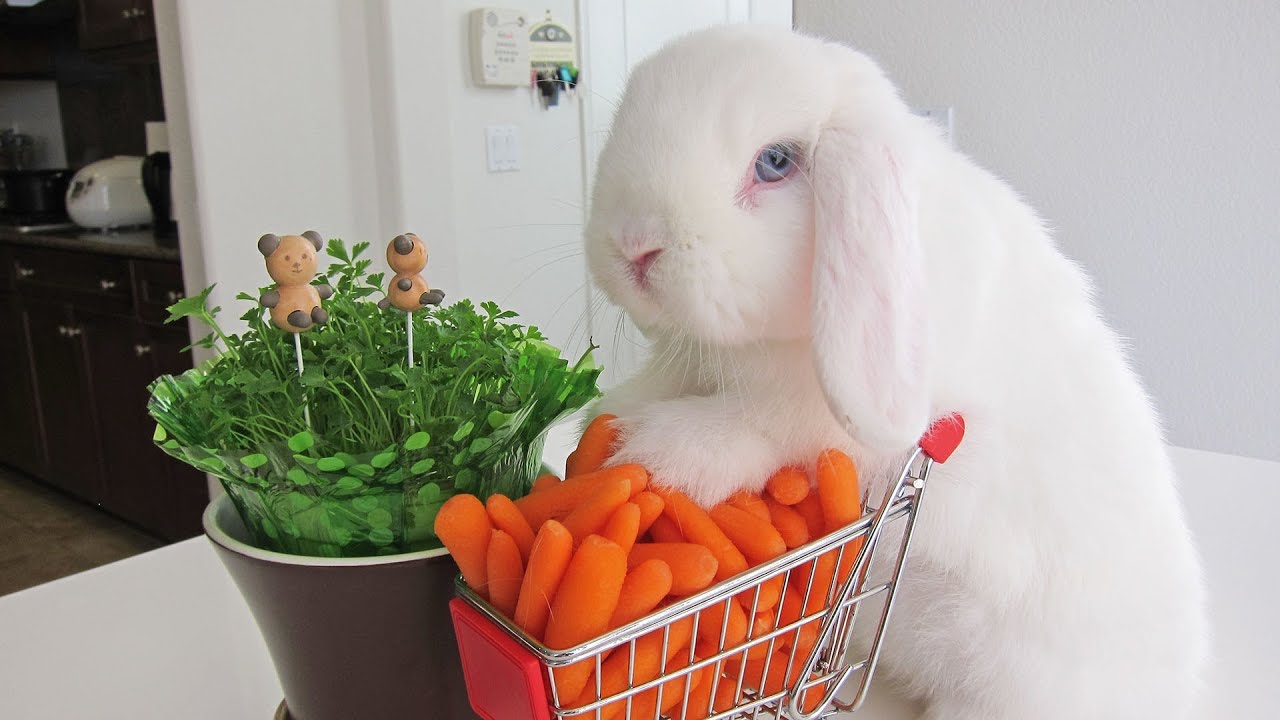
For rabbits, feeding a well-balanced diet is essential for maintaining their health. To ensure that your rabbit gets the right balance of nutrition, it’s important to follow a food pyramid for rabbits. Feeding rabbits on coarse feed is key, as it ensures that they receive the necessary amounts of fiber and carbohydrates. The hoppy food pyramid is a great way to make sure your rabbit gets all the essential nutrients it needs for a healthy diet. It’s also important to give your rabbit plenty of fresh vegetables and fruits to supplement their diet. By following the hoppy food pyramid, you can ensure that your rabbit gets the right nutrition and stays healthy.
Trending

 Cats12 months ago
Cats12 months agoDon’t Feed Your Cat These 8 Foods!

 Cats8 months ago
Cats8 months agoWhy Do Cats Spray and How Can You Stop Them? Insights into Urine Spraying in Male Cats

 Dogs2 years ago
Dogs2 years agoSo You’re Thinking About Getting a Poodle

 Birds1 year ago
Birds1 year agoThe Perfect Blend for Your Birds: Birds and Blend

 Horses1 year ago
Horses1 year agoDon’t Go Horse Shopping Without Checking This Dressage Horse Shopping Checklist First!

 Cats7 months ago
Cats7 months agoPre-Vaccination Prep: Getting Your Cat Ready

 Cats7 months ago
Cats7 months agoThe Ins and Outs of Cat Sterilization: Removing the Female’s Ovaries

 Dogs7 months ago
Dogs7 months agoWhat to Do With Your Dog’s Body After Death: A Guide for Pet Owners




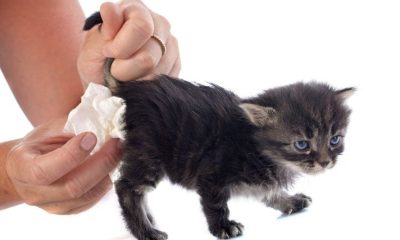









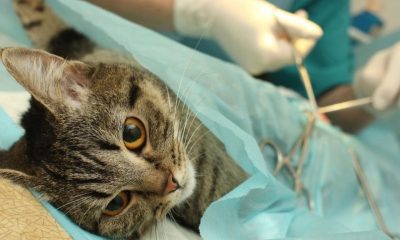



Pingback: How to become a cattle rancher - Gentel Life Plus